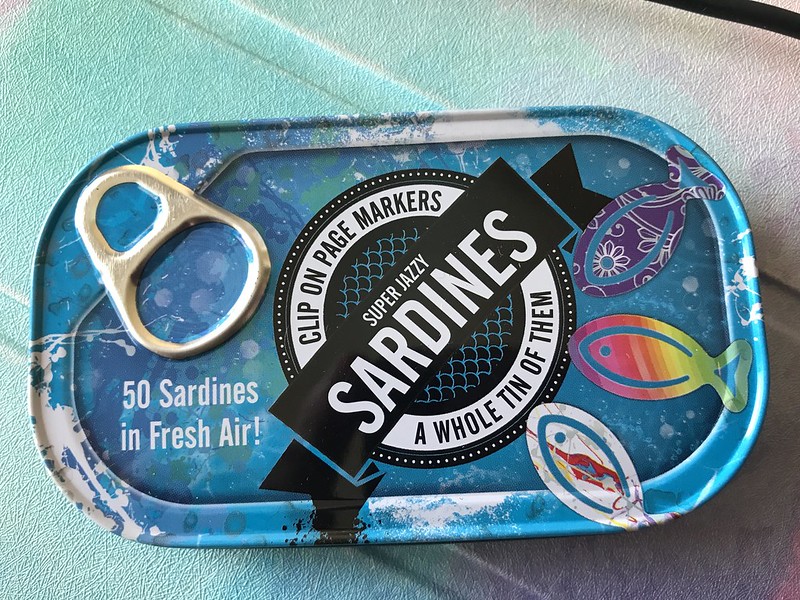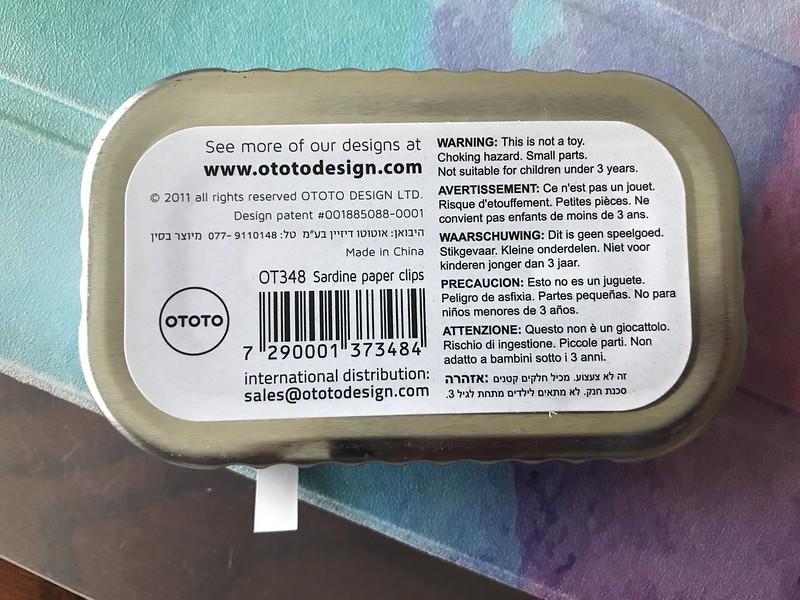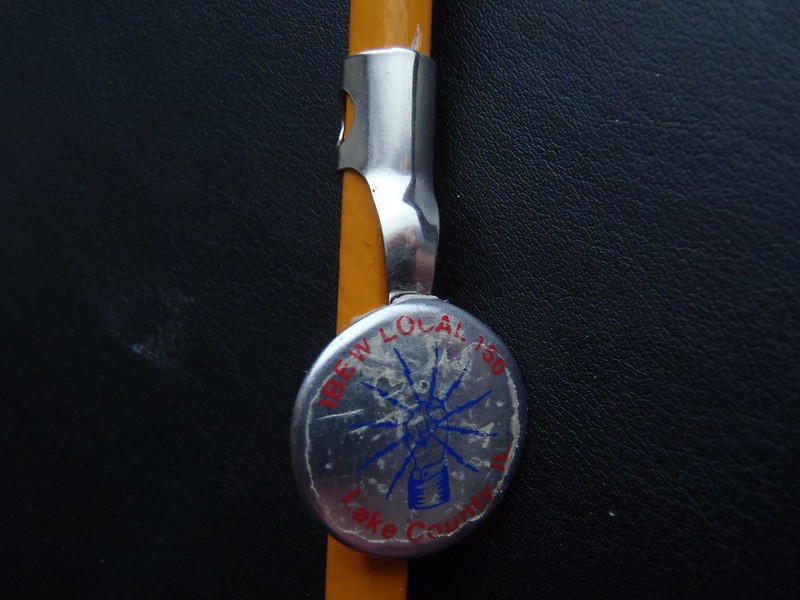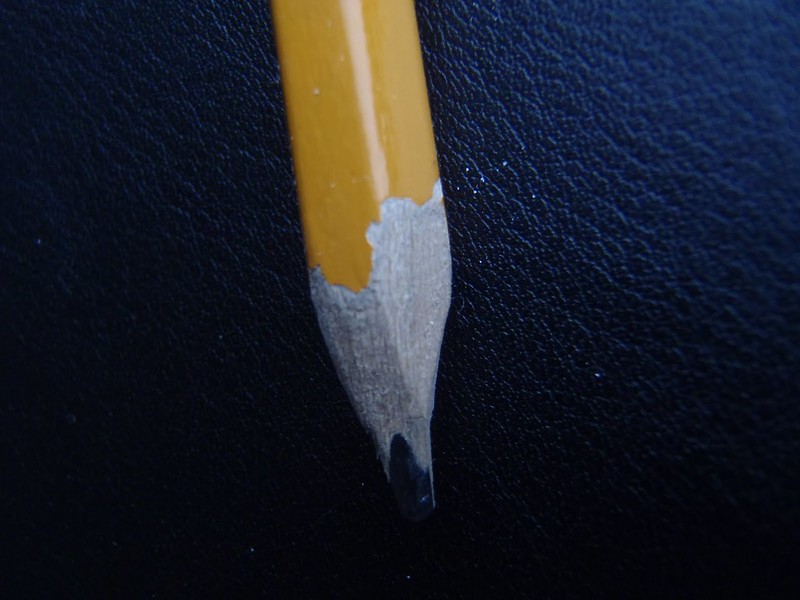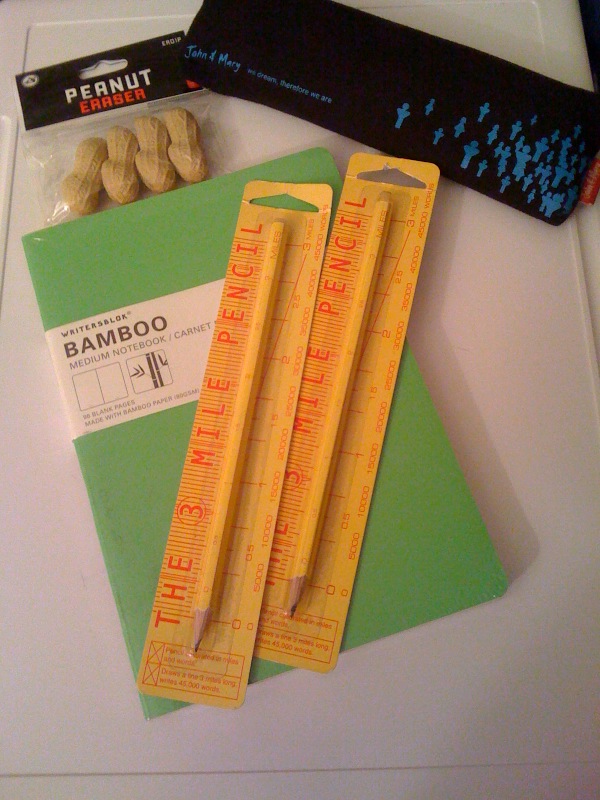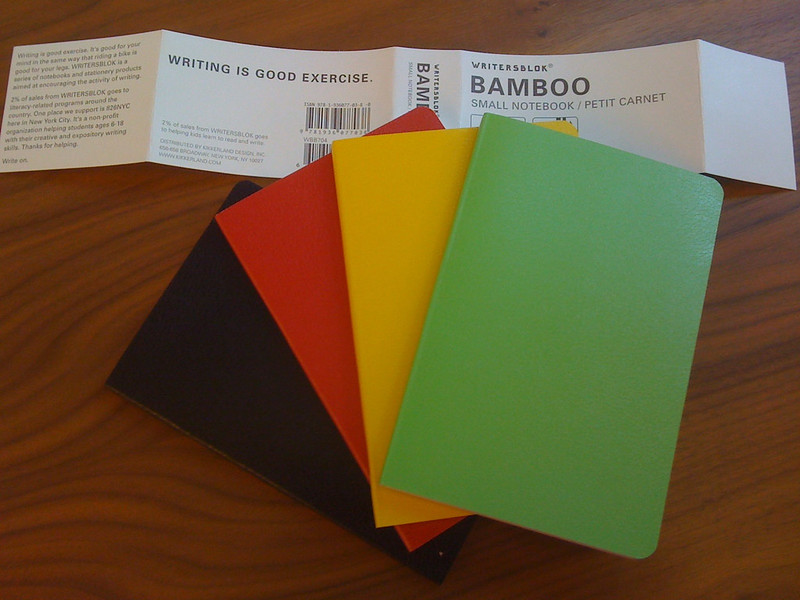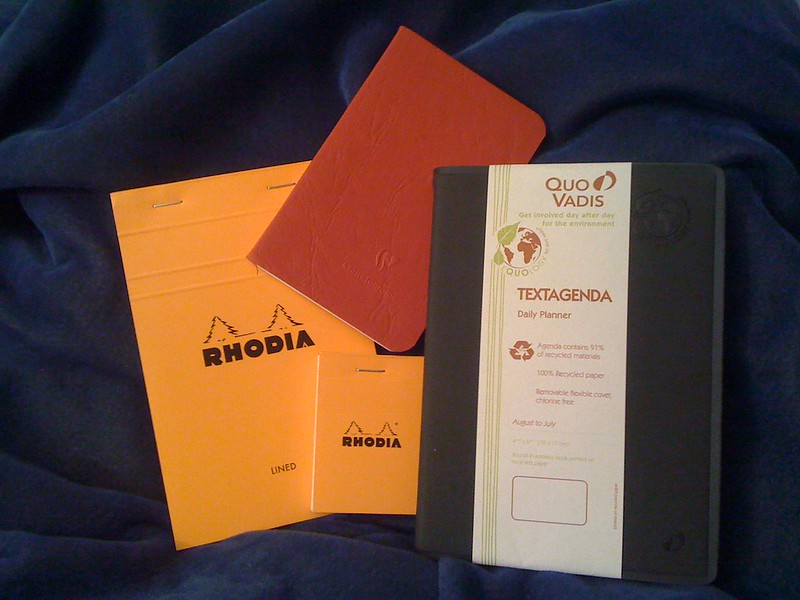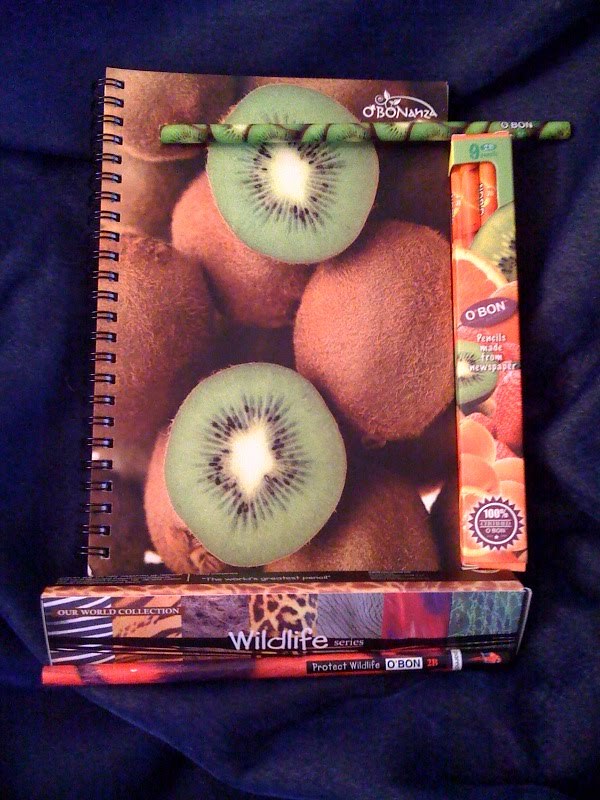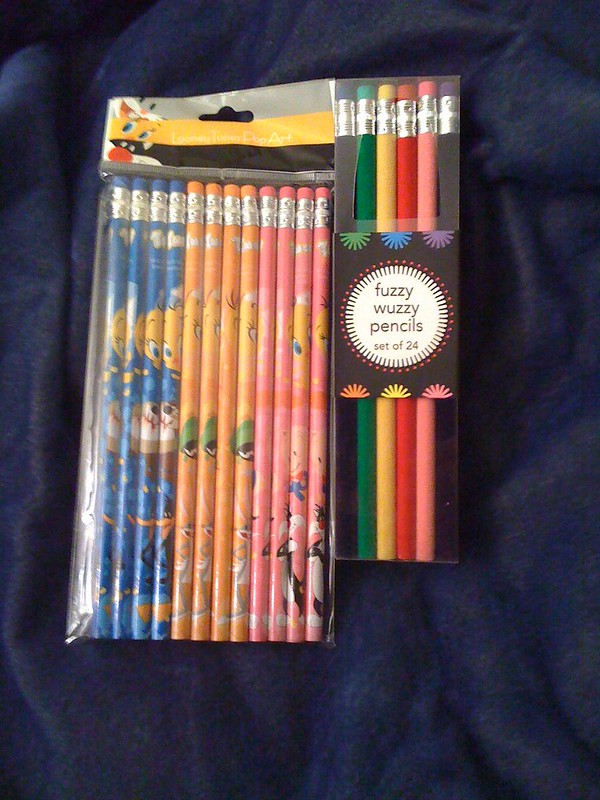I wrote this around October 8, 2007, and completely forgot about it, apparently.
To write is to put clues about your mind, heart, and soul on paper or similar medium, to share yourself with the present and future through the unique combination of words and handwriting.
The act of writing is a sensual experience; the smoothness of the pen or pencil’s glide across the page and the appearance of letters that form words that form sentences can be intensely satisfying, while any scratchiness of graphite, point, or nib offends the senses.
Writing is a form of magic that connects our brains and hands in a way that typing cannot equal. When we type, at least part of our brain is unconsciously distracted by the mechanics of the action. “Where’s the backspace key?” “How do I get an umlaut?” “How do I magnify the page view?” Using the combination of hardware and software disrupts the flow of thoughts in a way that a pencil doesn’t. It may need sharpened once in a while, but we can rotate it to obtain the best point without giving it a thought.
There is also the question of where to write. You can take a notebook computer almost anywhere if you don’t mind carrying the weight, straining to see the screen in the glare of daylight, wondering how long the battery will last, and worrying that it may rain. It’s easier — and lighter — to pack a pencil, eraser, sharpener, and small notebook. (You can even find a waterproof version if you don’t want to be deterred by the rain.) Whether you find your intellectual and creative inspiration at a library, cafe, park, forest glen, or beach, the pencil is always ready to channel your thoughts, ideas, and feelings.
Like the computer with its “Delete” key, the pencil is forgiving. A good pencil writes darkly without smudging, and a good eraser allows you to tweak your words as much as you like without making a mess. When your pencil point no longer suits you, you can sharpen it to your own personal taste.
Just as you can choose “skins” for your computer applications to customize their look and feel, you can choose pencils whose appearance appeals to your taste and makes a statement about you. They can be round, hexagonal, or triangular, or flat in the case of carpenter pencils. They can be thin, regular, or large, especially for children. Pencils can come in virtually any color or pattern conceivable, including natural wood. Some are adorned with cartoon characters, while others sport animal patterns — striped like snakes, spotted like leopards, or dotted with the “eyes” of a peacock’s tail. Others are painted a signature color, such as Rhodia orange, while some, like the Faber-Castell Grip 2001, are metallic. There is, of course, always yellow, the established standard if you don’t want to stand out in the crowd.
The wood, eraser, and ferrule offer you other opportunities to show off your preferences and personality. The unusual black wood of the Rhodia and Ticonderoga Noir are sure to attract attention, while the distinctive painted brass ferrule of the Mongol indicates simple elegance. Erasers can sport interesting colors as well. The Rhodia and Ticonderoga Noir feature black erasers, while the Helix Oxford and Musgrave Natural are topped with white. Of course, many art and European pencils dispense with the ferrule and eraser, an option you may prefer for its clean lines and style.
The Faber-Castell Grip 2001 comes with its own grip in the form of raised dots along the sides of the triangular barrel. For other pencils, you can go without a grip, or you can choose one that suits your fingers — triangular, round, edged, or ergonomic like the Stetro. Some are hard and solid, while others are a soft gel. Some grips even double as an eraser.
Erasers come in a variety of sizes, shapes, materials, and colors. Those designed for children (and the young at heart) tend to be playfully colored and/or patterned, for example, Papermate’s Expressions line, while pink and white seem to be the standard for adults. Materials include pumice, vinyl, and plastic, among others. Practical shapes include rectangles, squares, and triangles, but there are novelty erasers that emulate everything from food to sea life. Some are designed to be collected as much as used. Yikes, a line of pencils and erasers designed in the 1990s for schoolchildren, is remembered nostalgically by young adults for their cool appearance that separated them from ordinary pencils and erasers. Some teachers even banned Yikes as a classroom distraction!
For the writer or artist, society’s observers of life as it happens, nothing compares to capturing the moment with jotted notes or a quick sketch. Whether for writing or drawing, completing a crossword or sudoku puzzle, or marking up papers or carpenter’s wood, the pencil is not only a useful tool, but a statement about who you are and your tastes. If you see someone on the bus working the New York Times crossword with a generic office supply store pencil, you can guess that this is a utilitarian person willing to use what comes to hand. If, however, you spot someone wielding a Palomino, Tombow, or Faber-Castell, then you’ve seen an individual willing to search for a quality tool of the trade, the low-tech equivalent of the best, fastest computer processor.
Jeep lovers have the “Jeep wave,” given to anyone passing by in a Jeep as an acknowledgment of camaraderie and shared interest. Perhaps pencil aficionados need a nonthreatening equivalent when we see someone who takes pencils as seriously as we do. What might that be?
